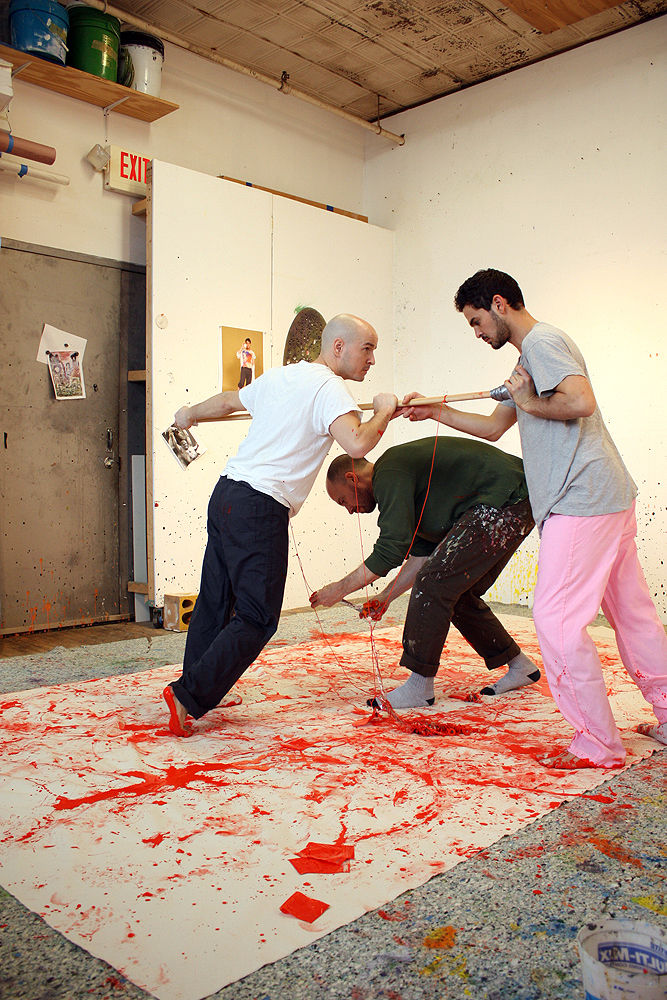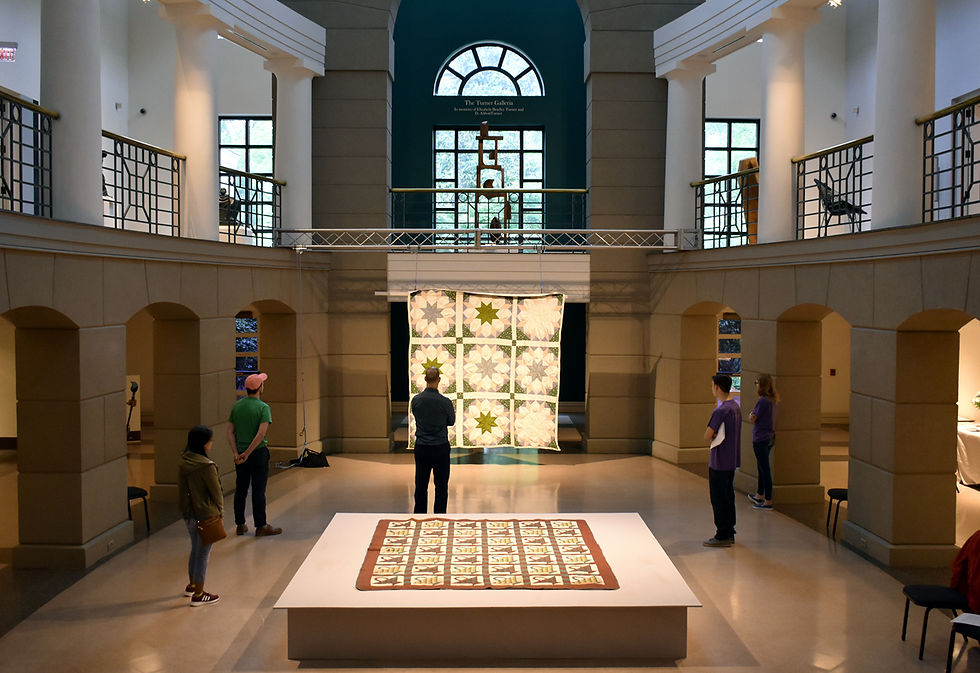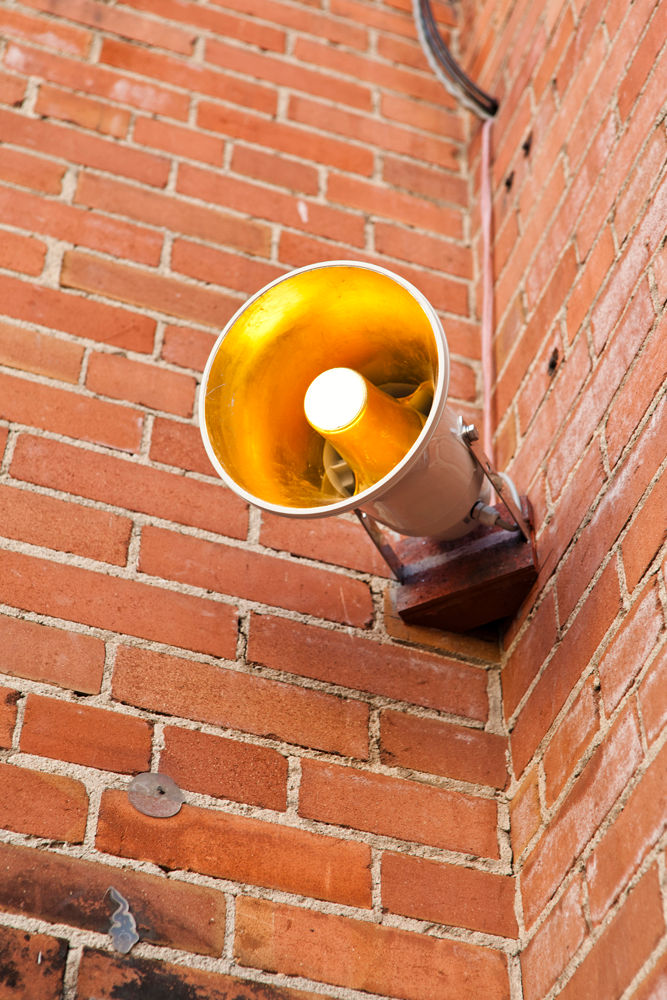<<< PREVIOUS PROJECT
/ NEXT PROJECT >>>
Why Do So Many Old Christian Paintings Look
So Queer?
For
PRECOG magazine
Volume 8: "Bad Interface"
2024


During my pre-teen and teenage years, church teachings suggested that the sexual desire I was feeling in my body was, at best, a problem to be solved; at worst, a trip to hell. It seemed I should employ my mind to turn my desire down. But at the art museum, in the galleries of old European painting, in imagery depicting Christian magic and, presumably, encouraging Christian conversion, I found my desire, and I found friends. In painting after painting, I encountered bodies and more bodies, some in tight proximity and making contact. Figures in the periphery exchanged cruisey looks and glances. What of all this vulnerability – who is this man alone and on his knees in the wilderness? What of these erotics of pain? Here was a Christ, his body fallen, wounded, almost naked, touched by multiple hands at once, close enough to the edge of the picture that we, too, might touch it. And who were these figures – neither stridently male nor female – that looked out in pretty but awkward poses, mirroring the effete gestures that had found their way into my pre-adolescent non-swagger?
Portfolio for BOMB Magazine
2017


Interview with Bradley Teal Ellis, David Rafael Botana, and Jonathan VanDyke
by J. Louise Makary
Critical Correspondence
a journal of Movement Research
2014




The Patient Eye
by Jonathan VanDyke
Columbus Museum
Exhibition publication
May 2018
When we speak of attention, we speak of paying and turning. To pay attention implies a transactional relationship wherein the attender receives something in return. To turn our attention towards something implies a physical movement, a condition of the body together with an object in space. The queer body has, historically, been conceived as mis-oriented, and for psychoanalyst Sigmund Freud, who labelled homosexuals inverts, it was as if these bodies were upside down. As a gay man, I am aware that my body turns towards other male bodies in a way that is differently oriented than a normative body. The body turning “the wrong way” holds deep social and cultural connotations, as in the Biblical episode of Lot’s wife, who was said to have turned into a pillar of salt when she looked back at the destruction of the ancient city of Sodom...
"Although his practice includes performance, video, and sculpture, Jonathan VanDyke is often labelled a painter. He works outward from the medium of painting to explore how personal relationships affect the form and creation of works of art. Mark-making is exected on canvases by two dancers, Bradley Teal Ellis and David Rafael Botana in an ongoing live performance, Cordoned Area, and in non-public studio sessions in which they make canvases that are later cut to pieces and sewn back together. Earlier this year, I sat in on a studio session with VanDyke and his dancers and then conducted interviews with the three of them..."
–J. Louise Makary
Jonathan VanDyke on Benny Nemer
Uncompromising Tang
2014




"Benny Nemerofsky Ramsay described The Return to me at the opening of Coming After, a group exhibition at The Power Plant, Toronto, in which we both took part. The Return, a sound piece installed on the outside of the building, was both highly charged and ephemeral, a veritable shout in the dark bracketing a crowded and cacophonous opening party. Curated by Jon Davies, Coming After featured the work of queer-identified artists who were children and adolescents during the height of the AIDS epidemic, and central to its theme was the shadow presence of a generation of mentors/lovers/friends swallowed into the crisis and lingering like ghosts (an illustration of an 80’s-era, Pac Man-esque ghost appears on the cover of the exhibition catalogue). That I missed Ramsay’s installation as I hurried in from the cold December night felt like an echo of this ghosting..."
Angelina Gualdoni on Jonathan VanDyke; Jonathan VanDyke on Paul Mpagi Sepuya
Just Six Degrees
2015


"Jonathan's got this incredibly hybridity to his work: textiles and paintings come out of performances, performances are informed by fashion and sports, paintings and photographs are displayed in the round as sculpture and set - it's a similar attitude to Delaunay, as well as Dona Nelson, and even some Brazilian artists like Helio Oiticia and Lygia Clark. If all that isn't enough, his work is drop dead gorgeous, tightly stretched, bodily, lusty, and filled with some kind of catharsis, all of which I've been thinking about a lot lately too..." Angelina Gualdoni
***
"We are not in the trash heap of libidinal desire that we associate with Francis Bacon's workspace. [In Sepuya's new work] fragments of intimate photos (imaging empty beds, nude limbs and torsos, flowers seen at close range as if to be smelled) float through this space. They do not drift randomly like thought bubbles, but stick to the grid, like "windows" on a computer screen. While superimposed on top of the pictorial space, these pictures offer psychological depth. Their suggestive, desire-rich fragments linger in the empty air, like sensation after sex or the keen insight released after an argument..." JVD
The Long Glance
by Jonathan VanDyke
Switch On, The Journal of The Power Plant
2011


"On June 3rd I turned my gaze away from Jackson Pollock’s 1952 painting Convergence after staring at it for forty hours. To enact The Long Glance, as I had titled my performance, I stood silently in the Albright-Knox Art Gallery in Buffalo, New York, eight hours a day for five days. I wanted to approach the painting in peak condition, and trained to stand at length with just incremental movement. By acting as a fixed counterpoint to an “action” painting, I intended, through my immobile body, to reorient the museum’s abstract expressionist galleries..."
Interview with Ken Landauer
For HQ, Brooklyn
2009




KL: Are you using strategies of displacement here, or has it become impossible to directly represent anything erotic, since it so easily slides into cliché which is not erotic at all?
JVD: Much of the art that I admire provokes a play of desire among art object, viewer, and artist. This play is usually received through the viewer’s gaze, which gives the viewer a position of power and remove. I endeavor to focus and destabilize this gaze. I hope to engage your body as well as your eyes. The piece is moving; so are you. The piece drips, so does the body. You stare into the work, but the paint’s origins are concealed. I want you to feel as if the piece performs only for you.